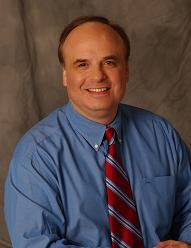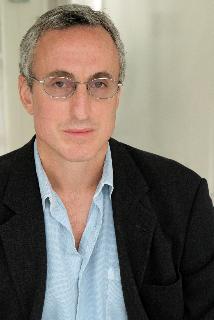
|
Events CCMB Distinguished Lectures Series 2009-2010
The ever-increasing scale and throughput of biological experimentation, has changed the face of biomedical research. The use of sophisticated mathematical and computational approaches is critical to take advantage of this explosion in information. We will describe how signature-based approaches can be incorporated into robust, reproducible, quantitative analysis methods for genomic data and help us to gain insights into the underlying mechanisms of disease. Biography In 1997, Jill came to the Whitehead Institute/MIT Center for Genome Research, now part of the Broad Institute, from IBM, where she was manager of computational biology and bioinformatics in the Healthcare/Pharmaceutical Solutions Organization. Before joining IBM in 1995, she was director of research at Thinking Machines Corporation for 10 years. She has also held positions in the mathematics department at the University of California at Berkeley and the Institute for Defense Analyses’ Center for Communications Research in Princeton, and has served as associate executive director of the American Mathematical Society.
Jill is a fellow of the American Association for the Advancement of Science, director of the International Society for Computational Biology, and former president of the Association for Women in Mathematics. She serves on numerous academic and corporate scientific advisory and journal editorial boards."
Wednesday April 7, 2010 Hosted by: Charles Lawrence
Every day we are surrounded by symmetric objects and patterns. From furniture to flooring, symmetry is the rule. In art, symmetry is pleasing to the eye, and the intricacies of extremely symmetric patterns can entrance an audience. In architecture, symmetric designs are attractive for yet another reason – repetition of a design element means re-use, which ultimately requires less planning and testing. In manufacturing, it is simpler, cheaper and more efficient to repeat a pattern at regular intervals. Even Nature has reasons to use symmetry in her work. John H. Conway and William Thurston adapted Murray MacBeath’s mathematical language for discussing symmetry. Now, the symmetries of a pattern can be defined by a single symbol that we call its signature. With some practice, almost anyone with some knowledge of high-school geometry can read this signature and identify the symmetries it describes. John Conway is the John von Neumann Professor of Mathematics at Princeton University. He is one of the most influential mathematicians working in a wide variety are areas: combinatorial game theory, geometry, geometric topology, group theory, number theory, algebra, algorithmics and theoretical physics. He received numerous awards including the Berwick Prize and was elected a Fellow of the Royal Society. He was the first recipient of the Pólya Prize and won the Nemmers Prize in Mathematics. He is also known for the invention of the Game of Life. Watch the lecture: [high quality] Watch the CSCI2950-L Medical Bioinformatics lecture: [high quality] Friday,
November 20, 2009 Refreshments will be served at 3:45 pm
Applications of next-generation nucleic acid sequencing technologies will lead to the development of precision diagnostics. Terabyte-scale, multidimensional data sets derived from these methods will be used to reverse engineer the specific disease pathways that underlie individual patients’ conditions. Modeling and simulation of these pathways in the presence of virtual drugs, and combinations of drugs, will identify the most efficacious therapy for precision medicine and customized care. The practice of medicine will routinely employ network biology analytics supported by high-performance computing. Wednesday,
November 11, 2009 Refreshments will be served at 3:45 pm
Since the 1950s, overweight and obesity have been perceived as “energy balance” disorders, caused specifically by overeating and sedentary behavior. Virtually all research in obesity and related fields is predicated on this energy balance paradigm, as is the conventional wisdom on how to cure and prevent obesity: consume fewer calories than expended and we will become lean. Reasonable as it seems, this prescription has little to no efficacy, suggesting the possibility that the underlying hypothesis is incorrect. What’s the alternative? Prior to World War II, European clinicians argued that to understand obesity, we have to think of it as fundamentally a disorder of excess fat accumulation, not energy balance. A defect in the regulation of adipose tissue metabolism causes the accumulation of excess fat, and positive energy balance is an effect, not a cause. By the 1960s, it was clear that fat accumulation is fundamentally regulated by the hormone insulin, which in turn is secreted primarily in response to the carbohydrates in our diet. Thus, a reasonable hypothesis of obesity and overweight is that these conditions are caused not by excess calorie consumption, but by the quantity and quality of carbohydrates consumed.
Watch the lecture: [high quality] Wednesday,
November 4, 2009 Refreshments will be served at 11:45 pm
_______________________________________________________ Events |
|||||||||||||||||



